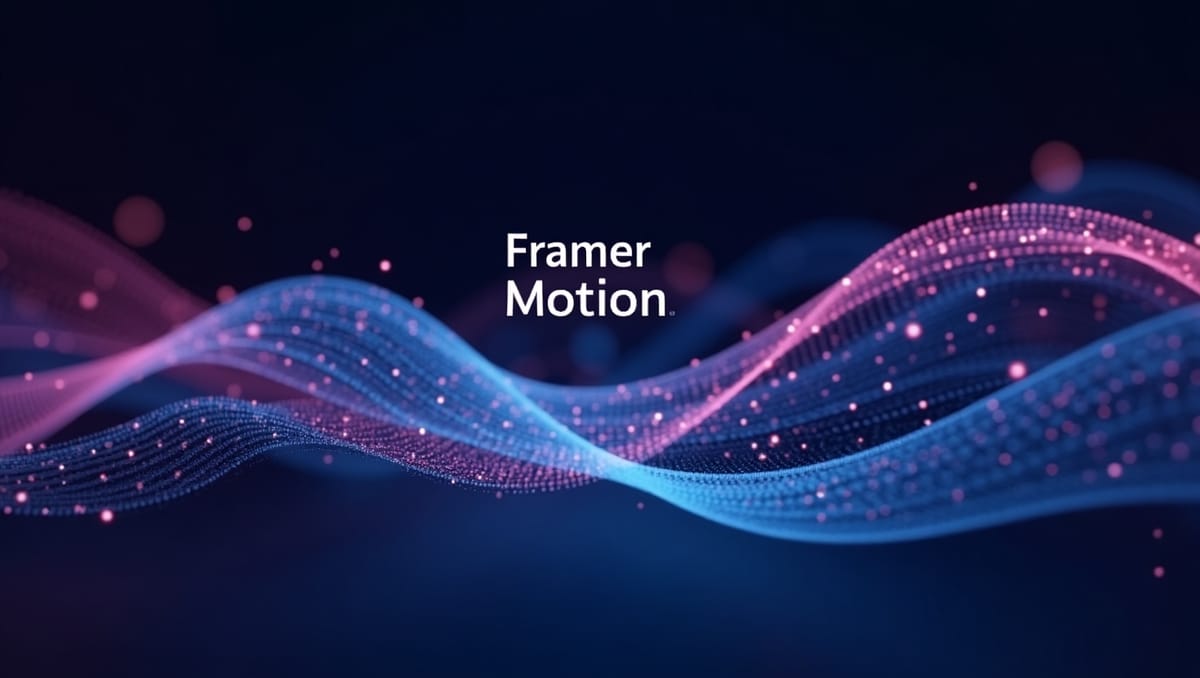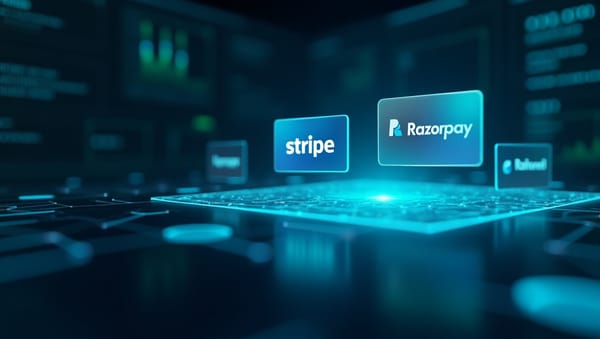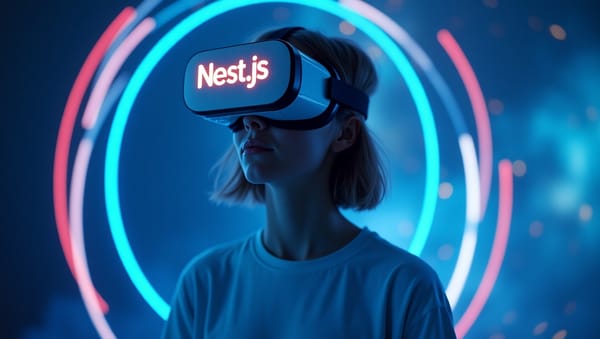Motion UI with Framer Motion in 2025 - More Than Just Animations
In 2025, Framer Motion isn’t just a design tool — it’s a core part of building responsive, accessible, and performance-optimized UIs. I share how I use it in real projects, where it adds value, and how to keep it production-ready.

✍️ By Shoaib — A Full-Stack Developer Sharing What Actually Works
🧠 TL;DR
- Framer Motion is not just for pretty effects — it’s a serious tool for delivering smooth, accessible, and performant UI.
- In 2025, micro-interactions, scroll-based animations, and motion feedback aren’t just “cool” — they’re UX essentials.
- I’ll show how I’ve used Framer Motion in real projects (like my portfolio and client work), how to avoid common mistakes, and how to make your animations production-ready.
🚀 Why Motion UI Actually Matters Now
Let’s be honest: I used to think animations were “fluff.”
But after working on multiple production projects, I’ve realized micro-interactions and intentional motion can:
- Improve user engagement
- Guide attention (especially in forms, navigation)
- Add brand identity
- And yes — make your UI feel alive
But only when done right.
That’s where Framer Motion comes in.
🧰 What Is Framer Motion?
Framer Motion is a production-ready animation library for React.
It gives you simple primitives like motion.div, variants, and animatePresence — all built with performance and accessibility in mind.
It’s built on the Popmotion engine but feels very “React” to use.
🛠 How I Use Framer Motion in My Projects
Here’s how I’ve personally used Framer Motion across different projects:
1. Subtle Page Transitions
I used AnimatePresence with motion.div for smooth transitions between routes — especially in my portfolio and landing pages.
import { motion, AnimatePresence } from "framer-motion";
<AnimatePresence mode="wait">
<motion.div
key={route}
initial={{ opacity: 0 }}
animate={{ opacity: 1 }}
exit={{ opacity: 0 }}
transition={{ duration: 0.3 }} >
<YourComponent />
</motion.div>
</AnimatePresence> These 300ms transitions soften the experience without overloading the UI.
2. Button Feedback & Micro Interactions
Buttons are where users interact the most — yet most devs leave them static.
I use scale on tap to add tactile feedback:
<motion.button
whileTap={{ scale: 0.95 }}
whileHover={{ scale: 1.05 }}
className="btn-primary" /> It’s subtle, but it makes the experience feel way more responsive.
3. Scroll Animations Without ScrollTrigger
With whileInView and viewport props, Framer Motion handles scroll-based entrance animations without any extra dependency.
<motion.div
initial={{ opacity: 0, y: 50 }}
whileInView={{ opacity: 1, y: 0 }}
transition={{ duration: 0.4 }}
viewport={{ once: true }} >
<YourSection />
</motion.div> Way smoother than handling scroll listeners manually.
⚙️ Performance Tips
A common myth: "Animations hurt performance."
Yes, they can — if done poorly.
Here’s how I avoid that:
- Animate only what’s visible (
viewport={{ once: true }}) - Use GPU-accelerated properties (
transform, nottoporleft) - Debounce exit transitions on route changes
- Keep transition durations short and consistent
- Avoid animating layout shifts that affect CLS (Cumulative Layout Shift)
♿ Accessibility Considerations
You don’t want animations to make your site feel dizzy.
Here's what I check:
- Respect user settings (
prefers-reduced-motion) - Avoid overly complex motion that distracts
- Give control over animated components when needed
You can access user preferences easily:
const shouldReduceMotion = useReducedMotion(); 💡 When Not to Use Motion
Not every component needs motion. I usually avoid animations on:
- Loading skeletons (keep them fast and minimal)
- Forms with strict validations (delays can feel laggy)
- Hero sections with big background videos + motion (too heavy)
Remember: motion should serve UX, not just aesthetics.
🔮 Motion UI in 2025: Where It’s Headed
What I’m seeing now (and building toward):
- Component libraries like shadcn/ui and Radix UI integrating Framer Motion out-of-the-box
- Design systems using motion tokens
- AI + personalization deciding when and how animations run (e.g., dark mode, screen size, or emotion tracking)
🧑💻 My Take as a Developer
I never thought I’d be that guy tweaking animation curves — but once I saw the difference it made in how users feel your product, I couldn’t unsee it.
And honestly?
It made me enjoy building UIs way more.
📌 Final Thoughts
Framer Motion isn’t just “nice to have” — it’s becoming a standard for modern UI development.
If you're a React or Next.js developer, I highly recommend learning it with intention, not just copying code.
It’s the difference between “working UI” and memorable UI.




